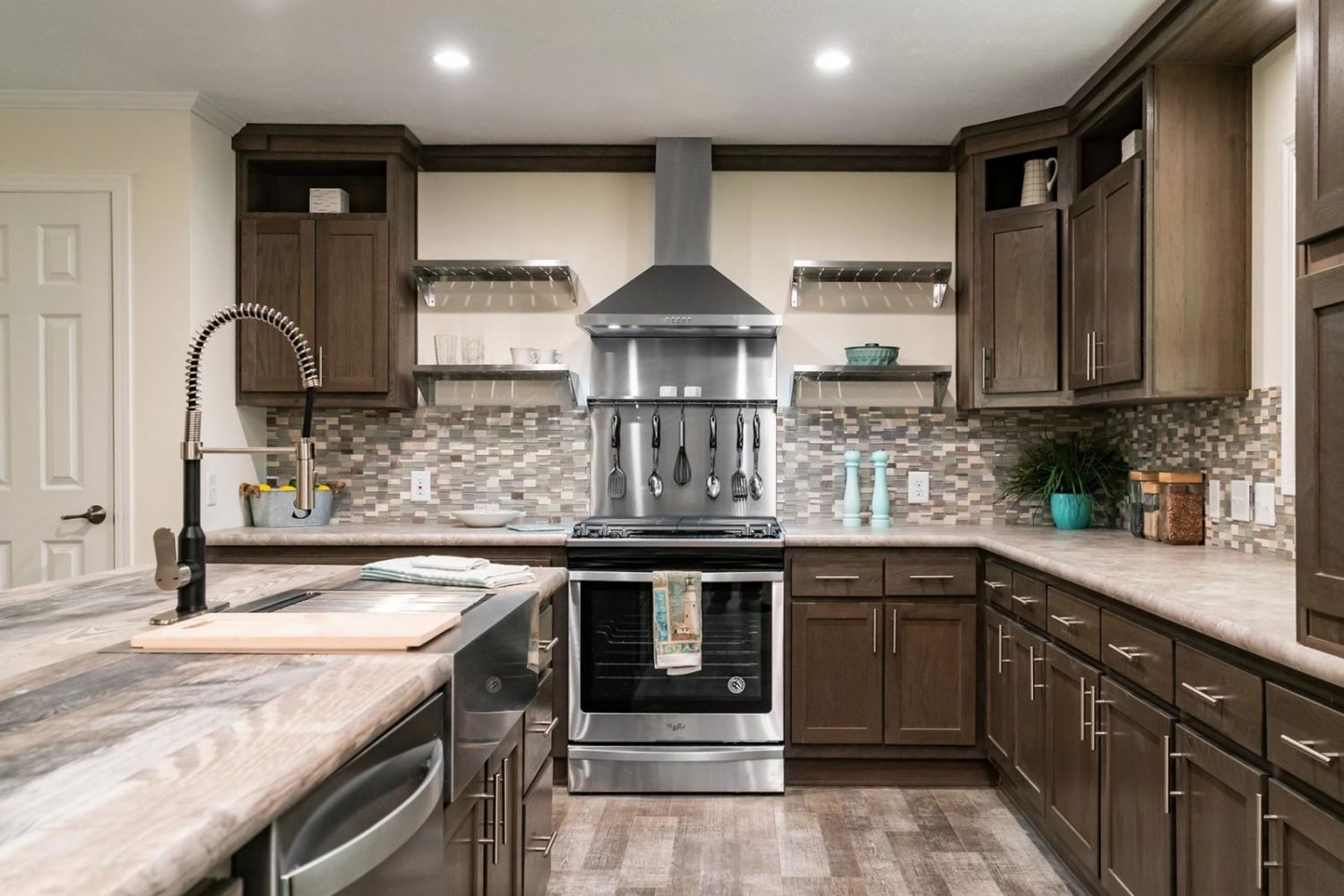average kitchen size What is the average kitchen size for all types of homes?
When it comes to designing your dream kitchen, one of the first questions that arises is: what is the average kitchen size? Understanding the typical dimensions can help you gauge how much space you'll need for your appliances, cabinets, and dining areas. In this guide, we'll explore average kitchen sizes and what you can do with that space.
The Average Kitchen Size: A Quick Overview
:max_bytes(150000):strip_icc()/average-kitchen-size-1822119-hero-08c52bcda9774f7f83e8cc54b2fdcfc0.jpg)
The average kitchen size in a typical home varies greatly depending on the style and design. For single-family homes, the average kitchen size tends to fall between 150 and 250 square feet. This space provides enough room for essential features such as countertops, cabinets, and appliances, ensuring that you don't feel cramped as you cook.
Types of Homes and Their Kitchen Sizes

It's interesting to note that kitchen sizes can differ significantly based on the type of home. For instance, smaller homes like trailers may have kitchens that range from 100 to 120 square feet, which means that every inch counts. In contrast, modern suburban homes often boast kitchens that exceed the 250 square feet mark, providing ample space for gourmet cooking.
In addition to size variations, the layout of a kitchen can play a critical role in how functional the space is. Open-concept kitchens, which flow into living and dining areas, are becoming increasingly popular. This style not only enhances natural light but also makes the kitchen a social hub, conducive to entertaining guests while preparing meals.
Key Features to Consider in Your Kitchen Design
Regardless of the size of your kitchen, certain key features should be paramount in your design process. First, consider the work triangle – the optimal distance between the sink, stove, and refrigerator. Keeping these essential elements close together reduces unnecessary movement and enhances cooking efficiency.
Secondly, investing in adequate storage solutions is vital. Whether you are limited on square footage or have a sprawling kitchen, efficient use of cabinets, drawers, and pantry space can make a world of difference. Customizable shelving and pull-out cabinets can help maximize your space, making it easier to keep everything organized.
Maximizing Your Kitchen Space
If you find yourself working with a smaller kitchen, there are various strategies you can employ to maximize your space. One popular approach is to incorporate multi-functional furniture, such as islands that offer additional counter space, storage, and seating. This way, you can create a versatile area that adapts to your needs, whether you're chopping vegetables or enjoying a quick meal.
Another effective technique is utilizing vertical space. Installing shelves above countertops or cabinets can provide additional storage without consuming valuable floor space. Additionally, hanging pots and pans from ceiling hooks can add a rustic charm while keeping your essentials readily accessible.
Understanding Your Needs
Ultimately, understanding the average kitchen size is just the beginning. Personalizing the space according to your cooking habits and lifestyle will make all the difference. Are you an aspiring chef who loves to entertain? Or perhaps you prefer quick, easy meals that require minimal space to prepare? Assessing your needs will help you make informed decisions about the layout, style, and features that best suit your culinary activities.
Final Thoughts
Whether you're planning to rebuild your kitchen from scratch, or simply looking to make minor adjustments, knowing the average kitchen size can guide your decisions. With the right design choices, even the smallest kitchens can feel spacious and functional. Take your time to plan, and you're sure to create a kitchen that meets all your cooking and entertaining needs.